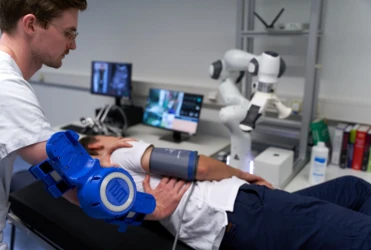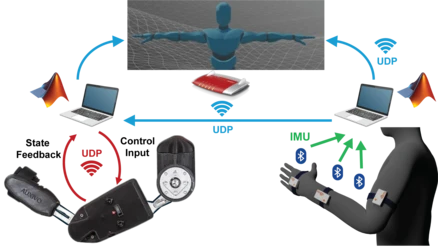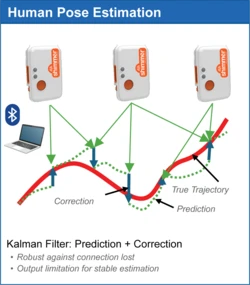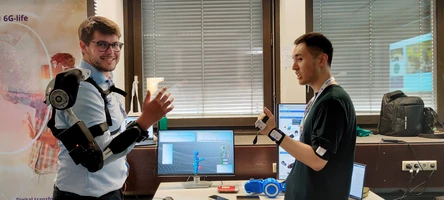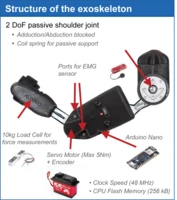Our contribution to 6G-Life is the development of theoretical foundations for networked control of safety-critical systems, with rehabilitation robotics as a representative demonstrator. The work combines control theory, machine learning, and distributed computation with the aim of ensuring stability, safety, and adaptability under communication constraints.
Communication-aware Control Architectures
We design control frameworks where immediate safety is ensured locally on the robot, while computationally demanding tasks such as optimisation and estimation are placed at the network edge. Longer-term adaptation and coordination are carried out in the cloud. Examples include in-network estimation of human motion from wearable sensors and shared control strategies for hybrid systems that combine exoskeletons with functional electrical stimulation.
QoS-informed Adaptation
Our work integrates information on latency, jitter, and packet loss directly into control design. This enables controllers to adapt sampling rates and gains, or to switch between networked and local backup strategies. Approaches based on control barrier functions and delay-aware learning ensure that stability and safety are maintained even when network quality changes.
Data Prioritisation for Learning and Control
We develop scheduling strategies that distinguish between time-critical control signals and less urgent data for monitoring or personalisation. Methods such as value-based scheduling and selective information sharing reduce network load while guaranteeing timely delivery of safety-critical data. In rehabilitation systems, this ensures that stimulation and sensing information is preserved while background data can be transmitted flexibly.
Clinical Applications as Demonstrator
The theories are translated in robotic rehabilitation systems and various clinical applications where strict real-time guarantees and personalised human models are essential. Hybrid exoskeleton–FES devices and soft wearable gloves provide representative test cases for showing how 6G-enabled in-network computing can support safe, mobile, and user-specific assistance.
Relevant topics:


